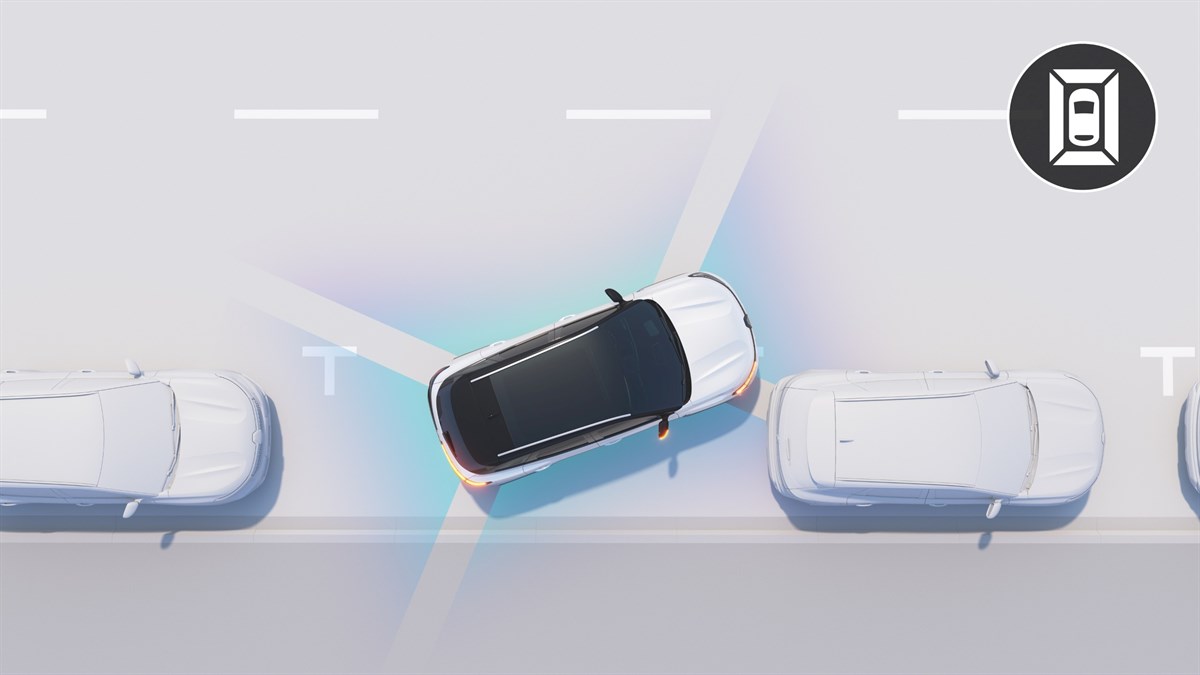ADVANCED DRIVER-ASSISTANCE SYSTEMS
(1) according to a 2019 SSHRC study
three types of adas for safe driving in any conditions
Advanced driver-assistance systems are divided into 3 categories: Safety, Driving and Parking.
Their purpose: to enhance user safety and comfort while reducing the risk of a serious accident.
Their purpose: to enhance user safety and comfort while reducing the risk of a serious accident.
safety
Intelligent driver-assistance systems analyse driving conditions, warn the driver of any risks and take action if danger is imminent.
driving
The various technologies make driving simpler and safer, for greater peace of mind.
parking
Parking aids make manoeuvring easy, enhance safety and protect your vehicle and your environment.






